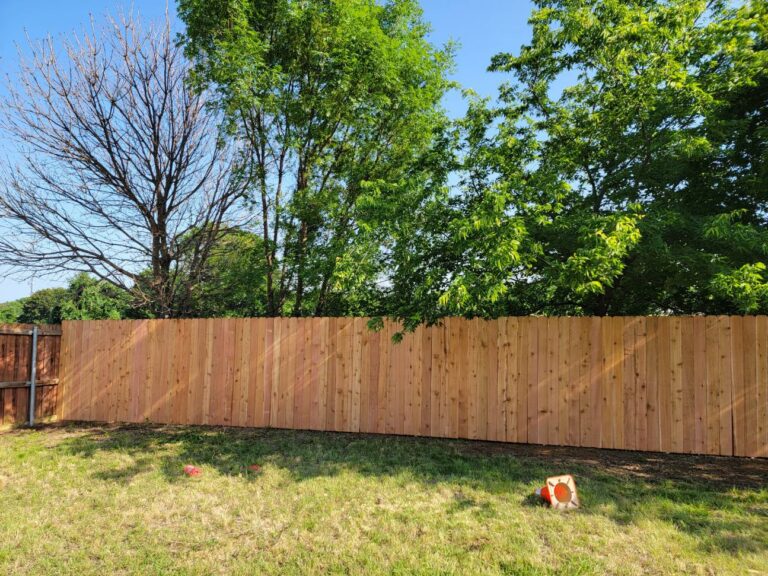One excellent approach to improve property appearance and lower environmental impact is fence renovation using environmentally friendly materials and techniques. Sustainable substitutes are a more responsible option as traditional fences sometimes consist of materials that support pollution and deforestation. To help their fences last, homeowners might use natural treatments, environmentally friendly coatings, and recycled materials. Practices of sustainable remodeling support a better environment and help to save resources. Choosing the correct method to stain your fence guarantees durability without sacrificing design.
Selecting Ecological Materials
Renovating environmentally depends much on the materials chosen. A fantastic substitute for new timber is reclaimed wood since it lessens deforestation and gives the fence individuality. Another great alternative since bamboo grows quickly and is quite durable, hence ensuring great sustainability. Made from plastic and wood fibres, recycled composite fencing reduces waste while nevertheless looking like wood. Made from recyclable metal, either steel or aluminium, metal fences offer long-lasting solutions without regular upgrades. Choosing sustainable materials guarantees that the remodeling complements objectives of environmental protection.
Implementing Non-Toxic Treatments
Many times, traditional wood treatments and paints include dangerous chemicals that might leep into the ground and damage nearby ecosystems. Selecting natural sealants—such as bees wax or linseed oil—helps guard the fence and maintain environmental safety. Low-VOC (volatile organic compounds) paints and stains based on water offer a sustainable substitute for coatings loaded with chemicals. These choices cut air pollution and assist to preserve the lifetime of the fence. Eco-friendly wood preservatives are another tool available to homeowners to naturally stop deterioration and insect damage. Choosing non-toxic treatments guarantees the fence’s lifetime and safety.
Using Effective Maintenance Energy-wise
Maintenance of environmentally friendly fences reduces waste and increases the lifetime of the construction. Frequent washing with water and biodegradable soap helps to avoid the accumulation of dirt and mould without using strong chemicals. Repairing damaged parts with salvaged wood or recycled materials cuts needless waste rather than replacing whole portions. Installing solar-powered lights along the fence line will help to give illumination without running more electricity. Cutting surrounding vegetation increases the lifetime of the fence and helps stop moisture accumulation. Using these maintenance techniques keeps the fence in great shape and lessens environmental effect.
Repurposing and Upcycling Old Fences
Old fencing materials can be used again by homeowners in fresh, useful designs instead of thrown away. Garden pots, outdoor furniture, or accent decorative walls can all be created from wooden fence panels. Metal fencing can be used as support for climbing plants or reshaped into trellies. Old materials upcycling helps to cut landfill waste and promotes imaginative restorations. If a full fence replacement is required, helping local community projects by contributing useable items helps sustainability. Reusing fencing parts creatively reduces environmental damage and gives materials second lives.
Improving Fences with Vegetation
Including plants into fence plans promotes sustainability and adds beauty. Built from thick shrubs or climbing vines, living fences offer privacy and help to improve air quality. Attached to fences, vertical gardens let homeowners space-efficiently cultivate herbs, flowers, and vegetables. Native plants are perfect for environmentally friendly landscaping since they demand less water and care. Natural air cleaners, green barriers also support local wildlife. Including flora into fencing systems strikes a harmonic mix between environmental conscience and practicality.
One ethical and satisfying approach to enhance outdoor areas without damaging the surroundings is environmentally friendly fence building. Long-lasting and environmentally friendly fencing solutions come from selecting sustainable materials, non-toxic treatments, and energy-efficient maintenance methods. Further improving the project’s sustainability are recycling outdated materials, adding vegetation, and cutting trash. Well chosen renovations guarantee environmental advantages as well as visual appeal. Making wise judgements about fence will assist us produce a better, more sustainable future.


Comments are closed.